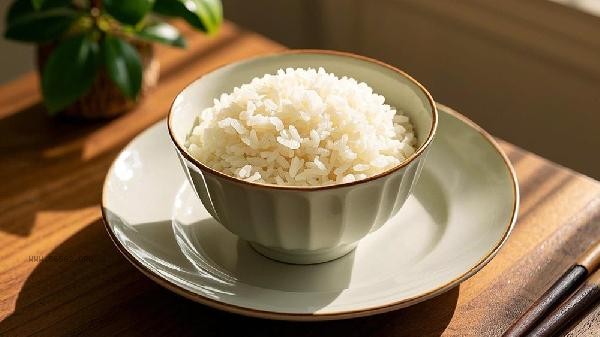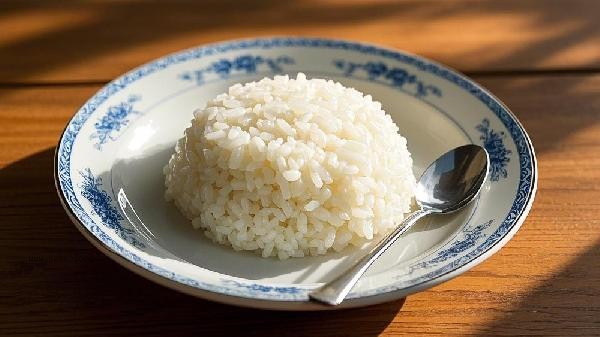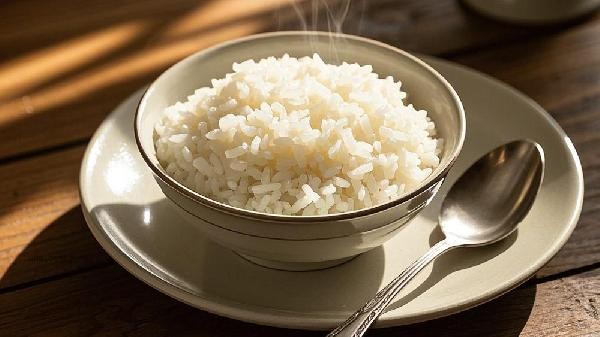Long term non consumption of rice may lead to yellowing of the face, but it is not an absolute phenomenon. Yellow complexion may be related to factors such as insufficient carbohydrate intake, nutritional imbalance, weakened digestion and absorption function, metabolic abnormalities, anemia, etc. Carbohydrates are the main source of energy for the human body, and long-term deficiency may lead to insufficient glycogen reserves, causing the body to break down protein and fat for energy supply, affecting skin health. Rice as a staple food can provide rich B vitamins, especially vitamin B1 and niacin, which may affect skin metabolism when lacking. A single dietary structure may result in insufficient hematopoietic materials such as iron and folate, indirectly leading to pale complexion. If individuals with gastrointestinal disorders avoid staple foods for a long time, it may exacerbate digestive and absorption disorders, affecting the utilization of nutrients. Some individuals may experience bilirubin metabolism disorders due to metabolic abnormalities or chronic diseases, which may also manifest as skin yellowing. People with special constitutions or underlying diseases are more prone to facial changes. Patients with liver and gallbladder diseases may experience jaundice due to abnormal bilirubin metabolism, which is not directly related to diet. If the blood sugar of diabetes patients is not well controlled for a long time, it may cause carotenemia and lead to skin yellowing. Individuals with hypothyroidism have a decreased metabolic rate and are prone to dull and yellowish skin. Patients with hereditary spherocytosis and other hematological diseases may develop hemolytic jaundice. Late stage chronic kidney disease can lead to dark skin due to the accumulation of urinary toxins.

It is recommended to maintain a balanced diet, alternating rice with other whole grains to ensure that carbohydrates account for about half of the total energy. Paired with vegetables and fruits rich in vitamin C to promote iron absorption, moderate intake of red meat and animal liver to supplement hematopoietic materials. If there is persistent yellowing of the complexion, pathological factors such as anemia and liver and gallbladder diseases should be investigated to avoid self diagnosis and delayed treatment. Regular sleep and moderate exercise can help improve blood circulation and skin metabolism.










Comments (0)
Leave a Comment
No comments yet
Be the first to share your thoughts!